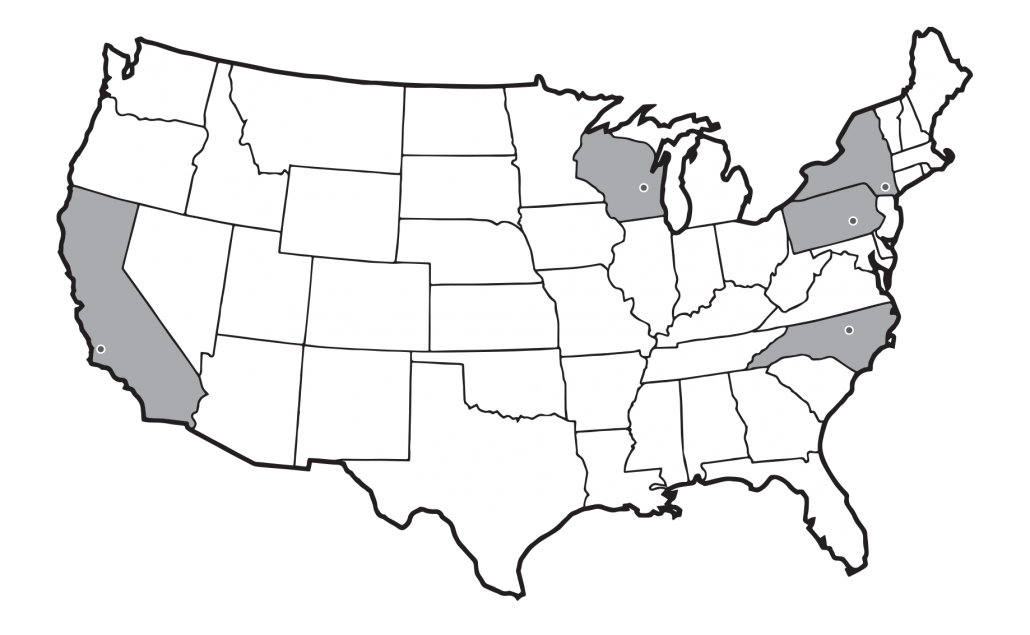AMERICAN MOTORCYCLIST July 2019
State and Local Update

California
The AMA has been involved in the efforts of the California Air Resources Board in reassessing its red sticker seasonal riding restrictions.
While the AMA supports some elements of the proposed plan, there are concerns.
Three of those, shared with CARB, include:
The small sample size of the two-stroke test fleet (three motorcycles), as well as the use of an automobile-based driving cycle to determine emissions levels, which by CARB’s admission, was developed to represent urban passenger-car driving and may not represent how these vehicles are operated on public lands in California.
The proposed youth maximum engine size does not reflect some currently popular youth models and should be raised to 115cc to avoid the additional costs the proposal would create (CARB staff estimated $333 per bike). It is critical that young riders have access to appropriately sized machines, and the additional costs could push the price of youth models to a point where riders instead opt for larger bikes.
Potential limitations on using competition motorcycles for practice. AMA racers must be able to engage in testing, practice and training using the same motorcycles that they race in sanctioned competition events. Eliminating or reducing opportunities for practice would compromise rider safety and diminish the riders’ competitiveness against those from other states. The competition-vehicle category also must include a system of titling and identification to help combat theft and identify competition vs. noncompetition models.
The AMA made these suggestions to CARB:
Require riders using a designated competition/red sticker vehicles to maintain a membership in a competition sanctioning body and carry their membership card with them at all times while practicing.
Require that event organizers issue practice permits for each person registered for a race or series. (If a series, only one permit needs to be issued for the season.) This practice permit should be in the rider’s possession when riding red sticker vehicles any time other than during the actual race event.
Maintain the current OHV registration fee structure (already among the highest in the nation) to keep this important recreational activity as affordable as possible.
Also in California, the AMA is part of the fight against S.B. 767, which would deny the OHV community a long overdue opportunity for increased motorized recreational opportunities, especially on property specifically bought using money from the Off Highway Vehicle Trust Fund more than 20 years ago.
S.B. 767 would allow the state to dispose of the 3,100-acre Alameda-Tesla Expansion Area of the Carnegie State Vehicular Recreation Area to permanently preserve that land for conservation purposes.
The land was purchased specifically for OHV recreation, and state officials and citizens were provided ample opportunity at that time to oppose the purchase.
The current opposition comes from a small but politically connected group of local land owners, many of whom had previously agreed to the acquisition.
New York
The AMA is supporting an effort by Harley-Davidson to expand the state’s Drive Clean Rebate program for electric vehicles to include motorcycles. Currently, the program is limited to four-wheeled vehicles. The rebates available through the program range up to $2,000.
North Carolina
A state House committee has approved a mandatory-helmet repeal bill, H.B. 267.
The bill would require helmets for riders younger than 21, but would allow those 21 and older the option of riding without a helmet.
In a story in the Raleigh News & Observer, the bill sponsor—state Rep. John Torbett (R-Gaston) said, “It’s not a matter of wearing a helmet or not wearing a helmet. It’s just a matter of, ‘Does a state tell you to wear it?’”
Pennsylvania
An abandoned mine at the Anthracite Outdoor Adventure Area—known to the locals as “the caves”—is one of seven projects selected by the state Department of Environmental Protection for cleanup of a hazardous water-filled pit and spoil piles.
The project on 88 acres in the Bear Valley Southwest portion of the western reserve of the AOAA will expand the OHV trails to include about 6,600 feet of extreme rock crawling, will reestablish or build about 4,370 feet of off-road/ATV/dirt bike trails and will create a new recreational attraction that officials hope will boost the local economy.
The state agency announced the approval of $25 million in funding for seven environmental cleanup and revitalization projects at abandoned mine land locations across Pennsylvania.
The AOAA, which caters to off-road motorized vehicles, hunters, hikers and other outdoor enthusiasts, is located along Route 125 on 6,500 acres of forest and reclaimed coal land in Coal, East Cameron, Mount Carmel, West Cameron and Zerbe townships. The park is owned by Northumberland County and managed by the AOAA Authority. More than 26,000 passes were sold last year compared to 19,000 in 2017, and the park generated $535,000 in total business in 2018 compared to $525,000 in 2017.
Wisconsin
The Sauk County Board voted 20-7 to open several miles of public highways to off-road recreational vehicles, following a year of effort by local ATV enthusiasts. The new county routes will allow clubs to connect an existing network of town, village and city roads that local governments have approved, according to WiscNews.com.
